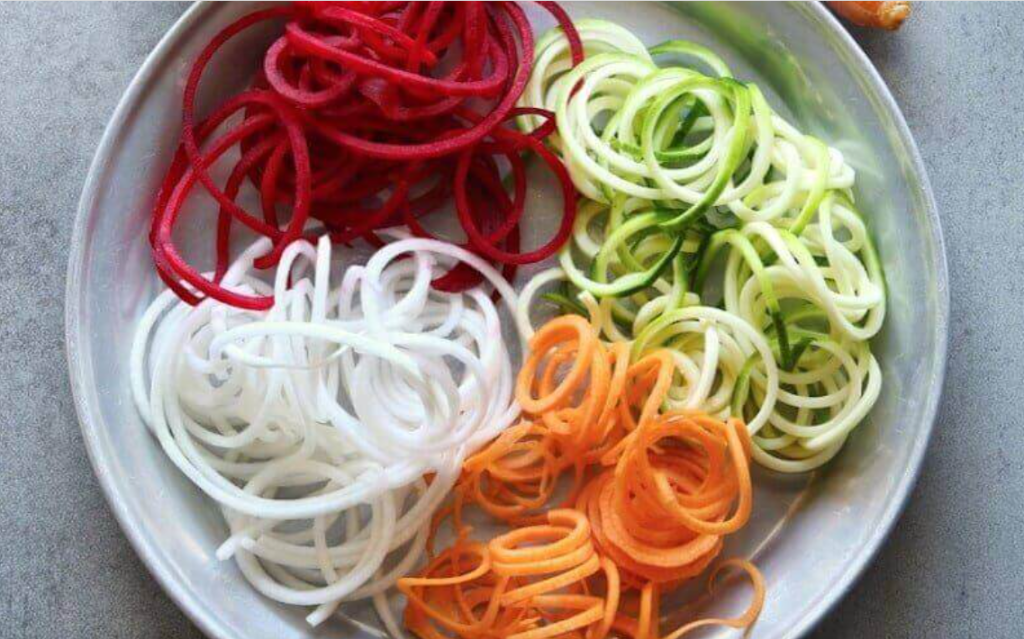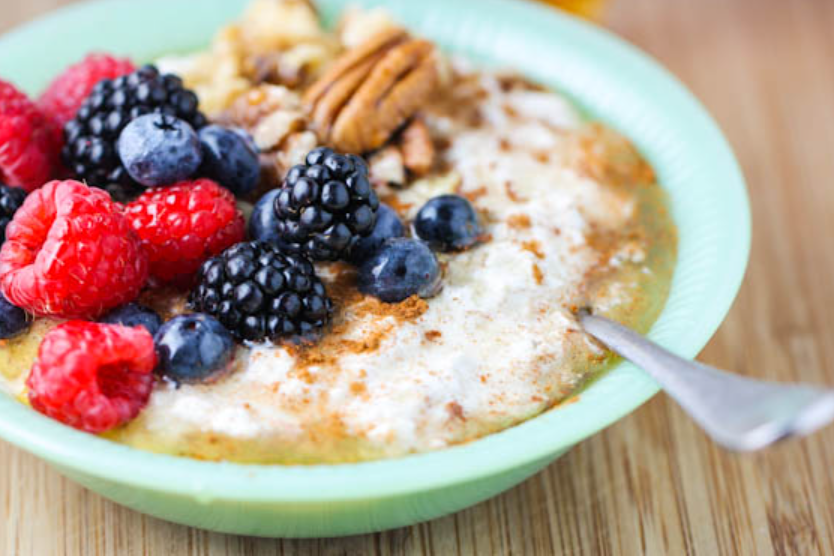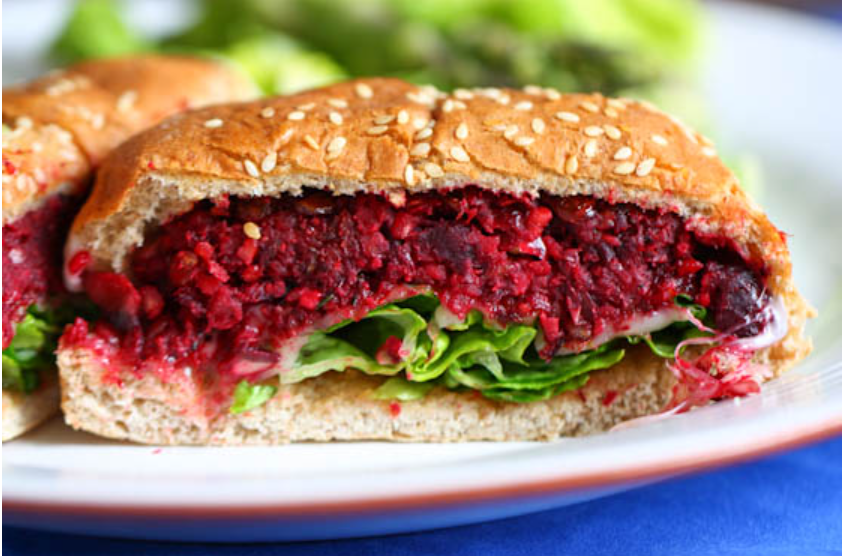Veggie noodles is a great alternative to pasta – if you’re sensitive to gluten and don’t eat it, or if you’re looking to add more veggies to your family’s diet, then veggie noodles is a great option. Plus, the kids can help make it, which is always a bonus! I love making veggie noodles for many reasons.
They’ve been popular for a while now and you can even buy them at the store. But it’s easy (and fun!) to make them at home. My family loves experimenting with different veggies on the spiralizer.
Some of our favorite noodle recipes are chow mein, ramen, and other traditional noodles. It’s also a great way to make your favorite takeout healthier – Asian, Chinese, Italian, there are so many possibilities.
Why vegetables?
Even if you’re not on a gluten-free or low-carb diet, vegetable noodles are a great alternative to traditional pasta or stir-fry noodles. Rich in vitamins, minerals, and fiber, these vegetables are a powerful alternative or addition to any recipe you make. And because it’s fun to make, your kids will want to help. When my kids help us cook, they are more likely to try new foods.
A good rule of thumb is to use vegetables that are usually cooked to make hot or boiled pasta. Cold veggies can make a beautiful salad. Vegetable pasta prep time is quick and cooks quickly (if it needs to be boiled) because you don’t need to boil water or turn on the oven. The total time for dinner is quick, which makes them a great choice for a quick weeknight dinner.

How to make veggie noodles at home
As I mentioned, you can buy veggie noodles at the store, and they’re great if you’re pressed for time. But making them at home is both easy and cost-effective.
The easiest way to make noodles with vegetables is to use a spiralizer. There are a few different options to choose from.The Kitchenaid Spiralizer Attachment is a super easy way to get noodles quickly, especially if you already have a Kitchenaid.But this countertop version is also another great option. Both of these options have a couple blades to make different types and sizes of noodles.
To make pasta at home, start by washing and trimming the ends of your vegetables. Some need to be peeled, so do so before spiralizing (mainly sweet potatoes and winter squash).
Next, put the veggie on the blade to make sure it’s safe. Then, put the machine to work! If you have the countertop version, you simply turn the handle in a circular motion. With the Kitchenaid attachment, it will work for you. It’s so much fun to watch the veggies turn into noodles.
If I’m cooking zucchini noodles, I like to put a colander in the sink and drain them for a few minutes because they contain more water than other vegetables.
What vegetables can be made into noodles?
My family wanted something other than the classic zucchini noodles, and we like to use the spiralizer to try different vegetables. Any round or semi-circular vegetable can be made into “noodles”. We tried a few different kinds of noodles and found our favorite noodles and our favorite noodle recip
Zucchini
Zucchini noodles are a classic noodle substitute. They have a light flavor, so you can use them in many noodle recipes. Substitute zucchini noodles for pasta and add tomato salsa for a low-carb weeknight dinner. Saute them gently, but don’t cook them too long because they get soggy quickly. Or, you can use them in place of soba noodles in Simple Beef Ramen.
Fenugreek
Fenugreek is sturdy and tastes better when cooked. I like to use this veggie to make Anti-tumbleweed Shrimp Lo Mein. This Asian dish is a favorite takeout option. I don’t use soy sauce, but prefer coconut amino acids, which go well with the slightly sweet flavor of European tumbleweed.
Sweet Potato
Another favorite is sweet potato pasta. These root vegetables are sturdier, so use them in recipes you cook. One of our favorite entrees is Sweet Potato Noodles with Fresh Shrimp. Or use a wok (if you have one) to stir-fry the noodles in sesame oil. Throw in some of your favorite veggies for a quick Chinese dinner. We also like to make potato rolls with sweet potatoes in the air fryer.
Radishes
Another sturdy vegetable is radishes. You may not want to eat this root vegetable, but it’s a great immune booster because it’s full of vitamin C and rich in calcium. I haven’t tried it yet, but I bet the daikon noodles in this Vietnamese noodle dish are great. Another great option is to saute some daikon noodles in a curry sauce, which is a hearty accompaniment.
Carrots
This hearty root vegetable is delicious in noodles. It’s also a great way to get extra vitamin A, as carrots are rich in this important nutrient. They can be used as a garnish on salads to brighten them up. Another favorite is carrot chip salad, a light and fresh pasta salad with a little crunch.
Zucchini.
Like zucchini, zucchini noodles are a good choice with a mild flavor. They can be sauteed a little, but you want to bite them down so they don’t take too long to cook. These can be a good substitute for rice noodles in Pad Thai. I love this dish with cilantro and scallions sprinkled on top; it’s a great substitute for Thai takeout. Or you could make a gluten-free soup with butternut squash noodles instead of pasta.

Broccoli
We love roasting broccoli so much, we found a way to repurpose the stems: make pasta! Be sure to peel the broccoli stems first, then twist them into spirals for a deliciously crunchy broccoli salad. Add raisins, homemade mayonnaise, a little honey and some bacon. Or cook them up and put them on top to saute spicy shrimp. Served with a little sesame oil, this is a great option when you’re craving Chinese food!
Winter Butternut Squash
This hearty vegetable is an excellent choice for noodles. When you pick it, make sure you pick one with a long stalk because that’s the part you’ll use. Save the bottom for roasting. Its mild flavor means you can use it to make an easy Italian dinner with spaghetti sauce, red pepper flakes, and Parmesan cheese.
Beets
Beets are one of the healthiest veggies out there and my kids love the way their fingers turn red! Sauté these rugged noodles until chewy and serve with basil pesto or cilantro pesto for a quick vegetarian dish. Or cook them with a couple cloves of garlic and top with some cashews for a protein-packed side dish.
How to Pick Vegetables for Noodles
For any vegetables you want to spiralize, choose vegetables that aren’t too big or too small. This is because you want them to fit into the spiralizing tool. You can cut some to make them smaller, but it’s even better if you can find a medium sized vegetable.
Vegetables like carrots and parsnips will be very skinny, so be sure to eat the larger ones. You can usually find these in the bulk section instead of buying a bag. Also, opt for firmer rather than softer veggies, as this just means they’ve been sitting in the store longer and aren’t as fresh.
Ever made vegetable noodles? What are your favorite varieties?



